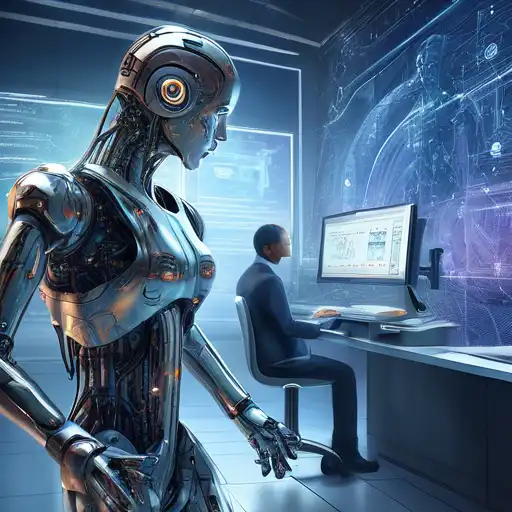Introduction to AI and Machine Learning
In the rapidly evolving world of technology, Artificial Intelligence (AI) and Machine Learning (ML) are two terms that often come up in discussions about the future of computing and automation. While they are closely related, they are not the same thing. This article aims to clarify the differences between AI and ML, providing a comprehensive understanding of each.
What is Artificial Intelligence?
Artificial Intelligence is a broad field of computer science focused on creating systems capable of performing tasks that typically require human intelligence. These tasks include problem-solving, recognizing speech, learning, planning, and understanding natural language. AI can be categorized into two types: narrow AI, which is designed to perform a narrow task (e.g., facial recognition or internet searches), and general AI, which can perform any intellectual task that a human can.
What is Machine Learning?
Machine Learning, on the other hand, is a subset of AI that involves the development of algorithms that allow computers to learn from and make decisions based on data. Instead of being explicitly programmed to perform a task, ML systems use statistical techniques to learn patterns in data, improving their performance over time. ML is what enables many of the AI applications we use today, from recommendation systems like those on Netflix and Amazon to more complex applications like autonomous vehicles.
Key Differences Between AI and Machine Learning
While AI and ML are interconnected, there are key differences that set them apart:
- Scope: AI has a broader scope, aiming to simulate human intelligence in machines, whereas ML focuses specifically on enabling machines to learn from data.
- Dependency: ML is dependent on data to learn and make decisions, while AI can be rule-based and not necessarily learn from data.
- Applications: AI applications range from simple tasks like chatbots to complex ones like autonomous robots. ML is primarily used in applications where learning from data is crucial, such as spam filtering and fraud detection.
How AI and Machine Learning Work Together
Despite their differences, AI and ML often work together to create intelligent systems. ML provides the learning aspect that allows AI systems to improve over time without being explicitly programmed for every task. For example, an AI-powered virtual assistant uses ML to understand and predict user preferences, making it more effective with each interaction.
Future of AI and Machine Learning
The future of AI and ML is incredibly promising, with advancements in technology leading to more sophisticated and capable systems. As these technologies continue to evolve, we can expect to see them being applied in new and innovative ways, further blurring the lines between human and machine capabilities.
For those interested in diving deeper into the world of AI and ML, exploring data science and emerging tech trends can provide valuable insights into how these technologies are shaping our future.
